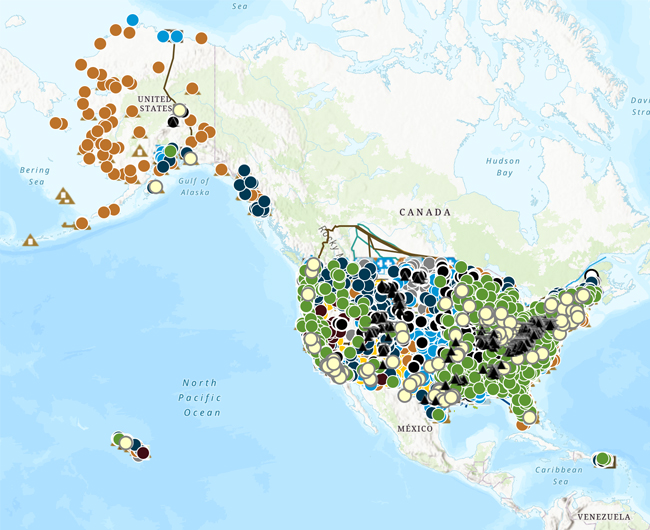Profile Overview
U.S Energy Atlas with total energy layers
 View the interactive map
View the interactive map Quick Facts
- In May 2017, the first U.S. offshore wind farm began operating off Block Island. Wind power provided 2.5% of Rhode Island's net generation in 2021.
- Rhode Island consumes the lowest amount energy on a per capita basis and is among the 10 states that use the least amount of energy per dollar of gross domestic product (GDP).
- About 30% of Rhode Island households use heating oil and other petroleum products as their primary source for home heating, which is 3 times more than the U.S. rate. The 1-million-barrel Northeast Home Heating Oil Reserve can help offset supply disruptions in the region.
- In 2022, natural gas fueled 83% of Rhode Island's electricity net generation, the second-largest share of any state after Delaware.
- Rhode Island uses less total petroleum than all others states, except for Vermont, and is second-lowest, after New York, in petroleum use on a per capita basis.
Last Updated: November 16, 2023
